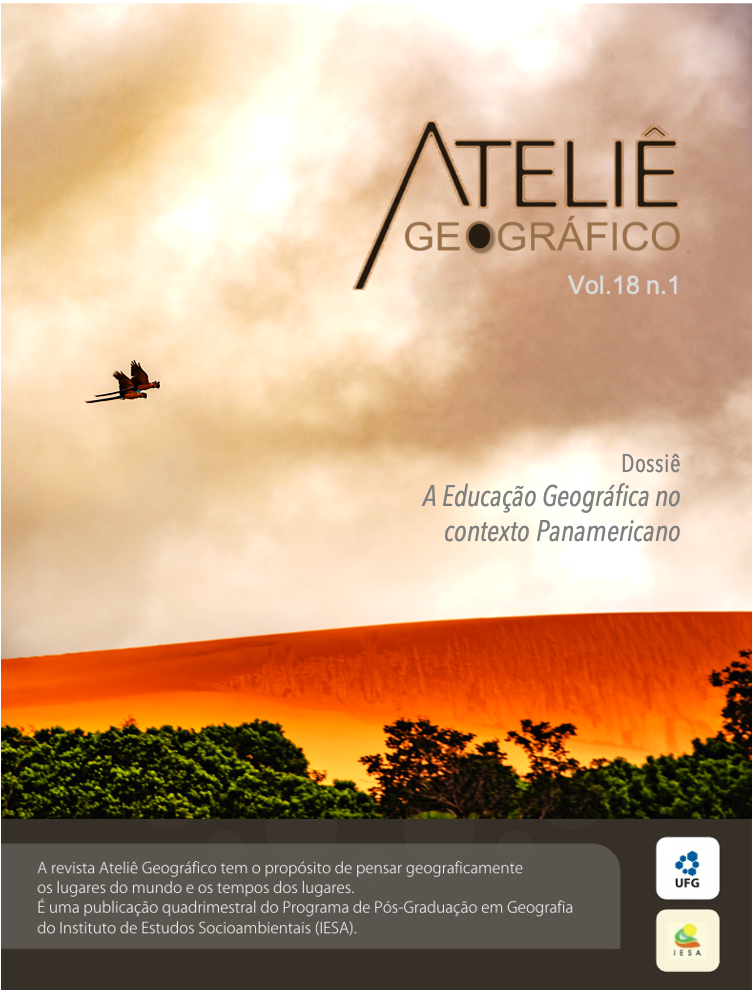Teaching geographic information systems (GIS) for understanding territory in university contexts
DOI:
https://doi.org/10.5216/ag.v18i1.79004Abstract
The teaching, learning, and application of Geographic Information Systems (GIS) in social sciences and education faculties enhances the intelligibility and holistic understanding of territories by allowing an approach to their systems of objects and actions in time and space. The challenge lies in the fact that university students enrolled in these faculties often lack the prior knowledge necessary to grasp the scope of GIS, compared to their counterparts in exact sciences. This is because GIS generally involves, in addition to mapping, the geo-referencing of entities and the managing complex, relational spatial databases. By examining a case study, this research aims to review the educational teaching process of Geographic Information Systems (GIS) in order to understand the territory in the university context of the Faculty of Social Sciences and Education at Institución Universitaria Colegio Mayor de Antioquia (Medellín, Colombia)
Downloads
Downloads
Published
How to Cite
Issue
Section
License
Autores que publicam nesta revista concordam com os seguintes termos:- Autores mantém os direitos autorais e concedem à revista o direito de primeira publicação, com o trabalho simultaneamente licenciado sob a Licença Creative Commons Attribution que permite o compartilhamento do trabalho com reconhecimento da autoria e publicação inicial nesta revista.
- Os autores não serão remunerados pela publicação de trabalhos na Revista Ateliê Geográfico. Além disso, os conteúdos publicados são de inteira e exclusiva responsabilidade de seus autores, ainda que reservado aos editores o direito de proceder a ajustes textuais e de adequação às normas da publicação.
- Autores têm permissão e são estimulados a divulgar seu trabalho online (ex.: em repositórios institucionais ou na sua página pessoal), já que isso pode gerar alterações produtivas, bem como aumentar o impacto e a citação do trabalho publicado (Veja O Efeito do Acesso Livre).


